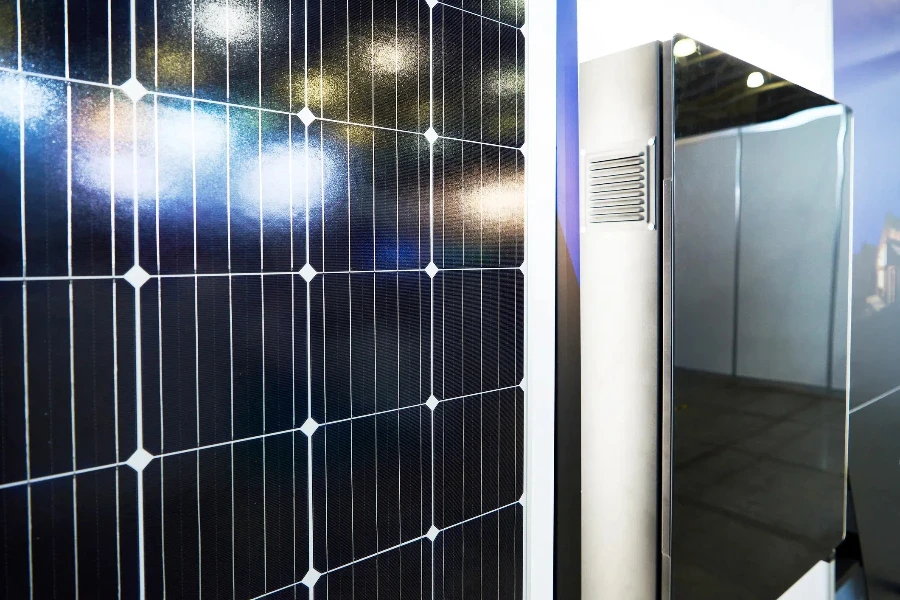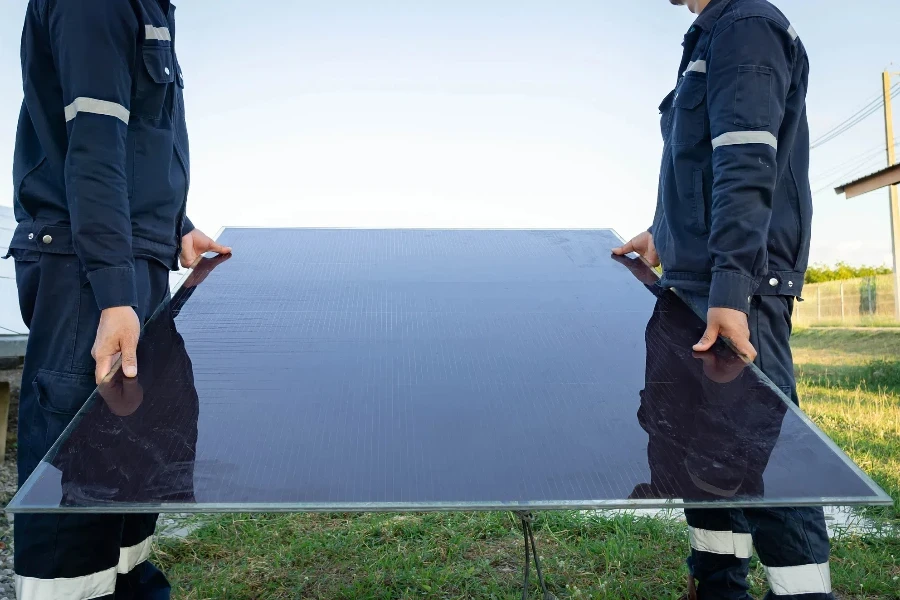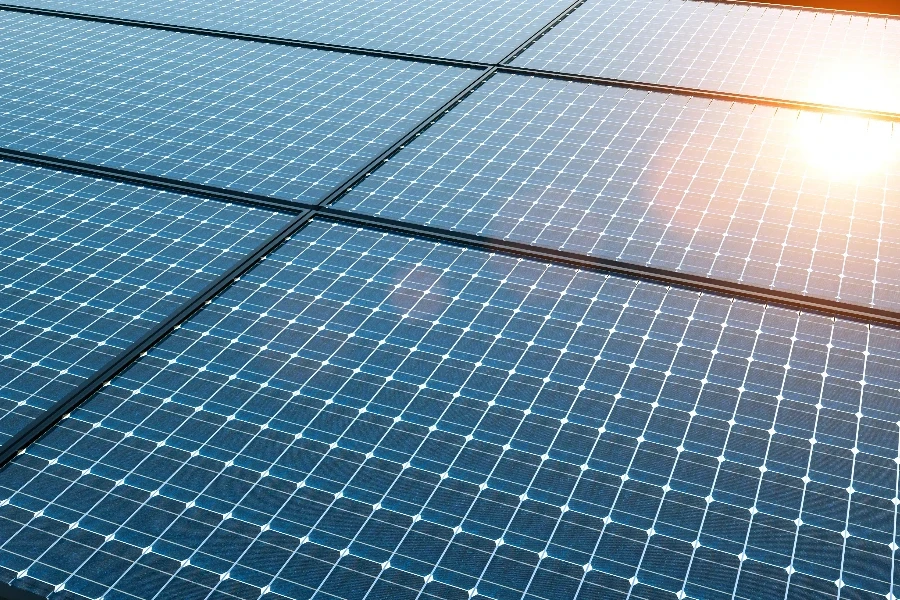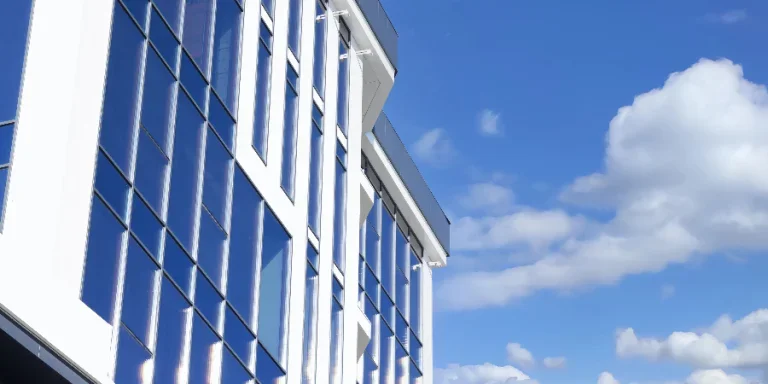The quest for more sustainable and renewable energy sources has led to significant innovations in technology, one of which is the development of transparent solar panels. This revolutionary product is not just a testament to the advancements in renewable energy technology but also a beacon of hope for a more sustainable future. In this article, we’ll explore the intricacies of transparent solar panels, including how they work, their applications, benefits, challenges, and the future outlook of this fascinating technology.
Table of Contents:
– How do transparent solar panels work?
– Applications of transparent solar panels
– Benefits of using transparent solar panels
– Challenges facing transparent solar panels
– The future of transparent solar panels
How do transparent solar panels work?

Transparent solar panels represent a groundbreaking shift in solar technology, offering a glimpse into a future where nearly any glass surface can generate power. At their core, these panels utilize organic materials or specially designed inorganic materials that absorb sunlight and convert it into electricity, all while maintaining transparency. This process involves sophisticated photovoltaic (PV) cells that can be embedded in between layers of glass or plastic, allowing light to pass through while capturing the invisible wavelengths of light to produce power.
Unlike traditional solar panels that rely on visible light and have a noticeable appearance, transparent solar panels are designed to be unobtrusive, blending seamlessly into everyday environments. The technology behind these panels is complex, involving the manipulation of the light spectrum and the efficient capture of ultraviolet and infrared light. This innovation not only broadens the application of solar panels but also enhances their aesthetic appeal, making them more acceptable in various settings.
Applications of transparent solar panels

The versatility of transparent solar panels opens up a myriad of applications, transforming ordinary surfaces into sources of renewable energy. One of the most promising applications is in the construction industry, where these panels can be integrated into windows, skylights, and facades of buildings. This integration not only helps in generating power but also in reducing the reliance on traditional energy sources, leading to greener buildings and cities.
Moreover, transparent solar panels can revolutionize the automotive industry by being incorporated into the sunroofs and windows of vehicles, providing auxiliary power for cars, thus reducing fuel consumption and carbon emissions. Additionally, these panels can be used in consumer electronics, such as smartphones and tablets, offering a sustainable charging solution that reduces dependency on the electrical grid.
Benefits of using transparent solar panels

The adoption of transparent solar panels brings numerous benefits, both environmentally and economically. Firstly, they contribute significantly to the reduction of carbon footprint by harnessing solar energy, a clean and renewable source. This shift towards greener energy sources is crucial in combating climate change and promoting sustainability.
Secondly, transparent solar panels represent an innovative way to enhance energy efficiency in buildings without compromising on design or aesthetics. By converting windows and other transparent surfaces into energy-generating elements, buildings can achieve greater energy independence, leading to lower utility bills and reduced operational costs.
Furthermore, the widespread use of transparent solar panels can spur job creation and drive economic growth in the renewable energy sector. This growth not only supports the economy but also accelerates the transition towards more sustainable energy solutions.
Challenges facing transparent solar panels

Despite their potential, the adoption of transparent solar panels faces several challenges. One of the primary hurdles is the current cost of production, which is higher than traditional solar panels. This cost factor can limit their accessibility and slow down widespread adoption.
Another challenge lies in the efficiency of these panels. While significant strides have been made, transparent solar panels generally have lower efficiency rates compared to their opaque counterparts. This efficiency gap means that larger areas may be required to generate the same amount of power, which could be a limitation in space-constrained environments.
Additionally, there are technical challenges related to the integration of these panels into existing infrastructures and systems. Ensuring compatibility and optimizing performance while maintaining transparency and aesthetic appeal requires ongoing research and development.
The future of transparent solar panels

The future of transparent solar panels looks promising, with continuous advancements in technology and materials science paving the way for more efficient and affordable solutions. Researchers and developers are tirelessly working to overcome the current limitations, aiming to increase the efficiency and reduce the costs of these panels.
As society becomes more conscious of the need for sustainable energy solutions, the demand for innovative products like transparent solar panels is expected to rise. This growing interest could drive further investment in research and development, accelerating improvements in the technology.
In conclusion, transparent solar panels represent a significant leap forward in renewable energy technology. They offer a versatile, aesthetically pleasing solution that could transform how we generate and use energy. Despite the challenges, the potential benefits of this technology make it a vital component of our sustainable future.
Conclusion:
Transparent solar panels stand at the intersection of innovation and sustainability, offering a glimpse into a future where clean energy is seamlessly integrated into our daily lives. As we continue to explore and refine this technology, its potential to revolutionize the energy landscape becomes increasingly clear. Embracing these advancements will not only help address the pressing challenges of climate change but also pave the way for a more sustainable and energy-efficient world.




